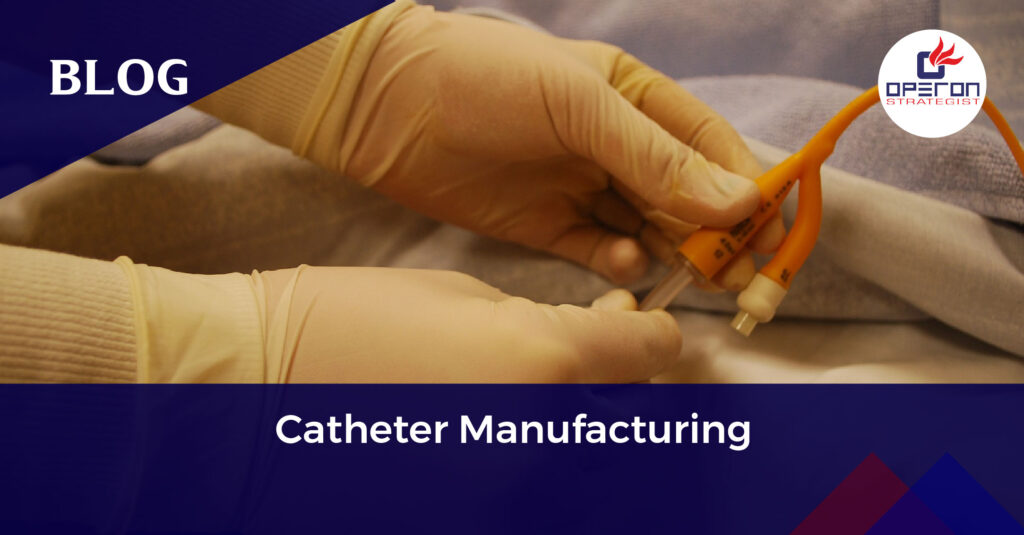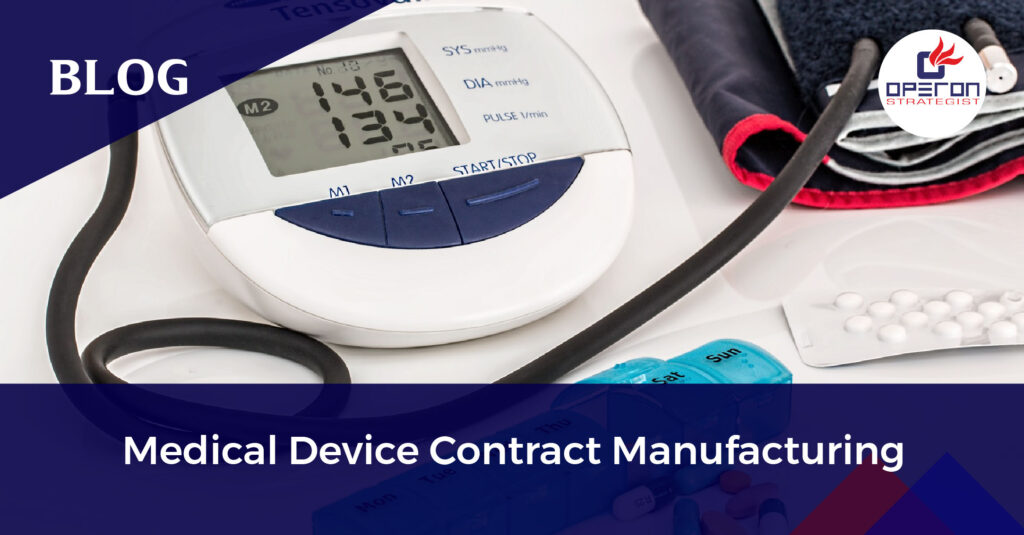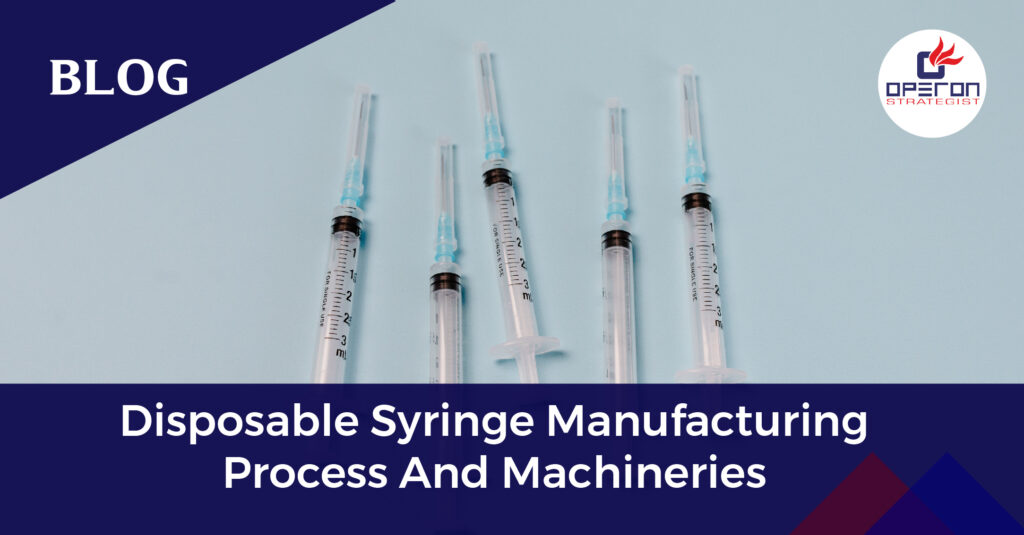Overview of Catheter Manufacturing
Catheter manufacturing has evolved from basic tubes to highly specialized devices tailored for specific medical applications, including pulmonary, cardiac, neonatal, and epidural uses. Today’s catheters may also accommodate tissue ablation, monitoring, or drug delivery.
- Minimum production for a catheter manufacturing unit: ~1,200 units to break even.
- Regulatory compliance: Adherence to FDA 21 CFR Part 820 and ISO standards is essential.
Market insights: The coronary catheter segment is growing rapidly, projected to reach $4 billion by 2030, with an 11.2% annual growth rate.
Looking for Catheter Manufacturing Consultants
Let’s have word about your next project
What is a Catheter?
A catheter is a flexible medical tube designed to insert into the body for fluid drainage, medication delivery, or medical procedures. Catheters are essential in healthcare for urinary management, cardiovascular interventions, neonatal care, and more.
Modern catheters are engineered with advanced materials and coatings, such as silver or hydrogel, to prevent infections and enhance patient safety.
Step-by-Step Catheter Manufacturing Process
Catheter manufacturing involves specialized equipment, strict quality control, and adherence to regulatory standards. The main steps include:
1. Design and Development
- Define specifications, dimensions, materials, and intended use.
- Prototype and test functionality and safety.
2. Material Selection
- Plastics: PVC, polyurethane, silicone
- Metals: For guidewires and reinforcements
- Coatings: Lubrication, antimicrobial (silver, hydrogel)
3. Extrusion
- Melting materials and forcing them through molds to form catheter tubing.
4. Laser Cutting & Tipping
- Create openings or specialized catheter tips with precision.
5. Braiding or Reinforcement
- Add layers or coils for strength and stability.
6. Bonding and Assembly
- Connectors, valves, or balloons are bonded via adhesives, heat sealing, or ultrasonic welding.
7. Quality Control & Testing
- Conduct visual, leak, and mechanical tests to ensure safety and regulatory compliance.
8. Sterilization
- Methods: Ethylene oxide (EtO), gamma radiation, or steam sterilization.
9. Packaging
- Use sterile containers to maintain sterility until clinical use.
10. Regulatory Compliance
- Follow FDA, EMA, and ISO standards throughout the process.
11. Documentation & Traceability
- Record materials, production steps, and QC measures for compliance.
12. Distribution
Deliver to hospitals, clinics, or suppliers for clinical use.
Common Raw Materials for Catheter Manufacturing
- Polyethylene
- Polypropylene
- Polyurethane
- Polycarbonate
- Polyetherimide
- Pebax
- Nylon
Why Catheters Are Used
- To rest the bladder after urinary retention or surgery
- Stroke or multiple sclerosis management
- Complications from diabetes or spinal injuries
- Conditions affecting bladder nerves
Different Types of Catheters
- Foley Catheter: Urine drainage with an inflatable balloon
- Central Venous Catheter (CVC): Large vein access for medication and monitoring
- PICC Line: Long-term IV therapy
- Peripheral IV Catheter (PIVC): Short-term IV therapy
- Arterial Catheter: Blood pressure monitoring and arterial sampling
- Swanz-Ganz Catheter: Measures cardiac output
- Nasogastric (NG) Tube: For feeding or medication
- Rectal Catheter: Medication or fecal drainage
- Urethral Catheter: Drains urine via the urethra
- Suprapubic Catheter: Surgically inserted through the abdominal wall
Ready to launch your catheter manufacturing project?
Expert Guidance on Catheter Manufacturing
Starting a catheter manufacturing unit requires expertise in materials, processes, and regulatory compliance. Operon Strategist provides end-to-end consulting, from design and development documentation to turnkey manufacturing solutions. Our experts ensure your catheter products meet the highest quality standards and comply with FDA, ISO-13485, and global regulations.
Download Now - Complete Catheter Manufacturing PDF
FAQs
What are the key materials used in catheter manufacturing?
Common materials include PVC, polyurethane, silicone, along with metals for reinforcement and antimicrobial coatings like silver or hydrogel.
Which regulations govern catheter manufacturing?
Manufacturers must comply with FDA 21 CFR Part 820, ISO 13485, and region-specific regulations like EMA guidelines.
What is the typical catheter manufacturing process?
It includes design, material extrusion, laser cutting, assembly, quality testing, sterilization, and packaging.
- Operon Strategisthttps://operonstrategist.com/author/operon-strategist/
- Operon Strategisthttps://operonstrategist.com/author/operon-strategist/
- Operon Strategisthttps://operonstrategist.com/author/operon-strategist/
- Operon Strategisthttps://operonstrategist.com/author/operon-strategist/




